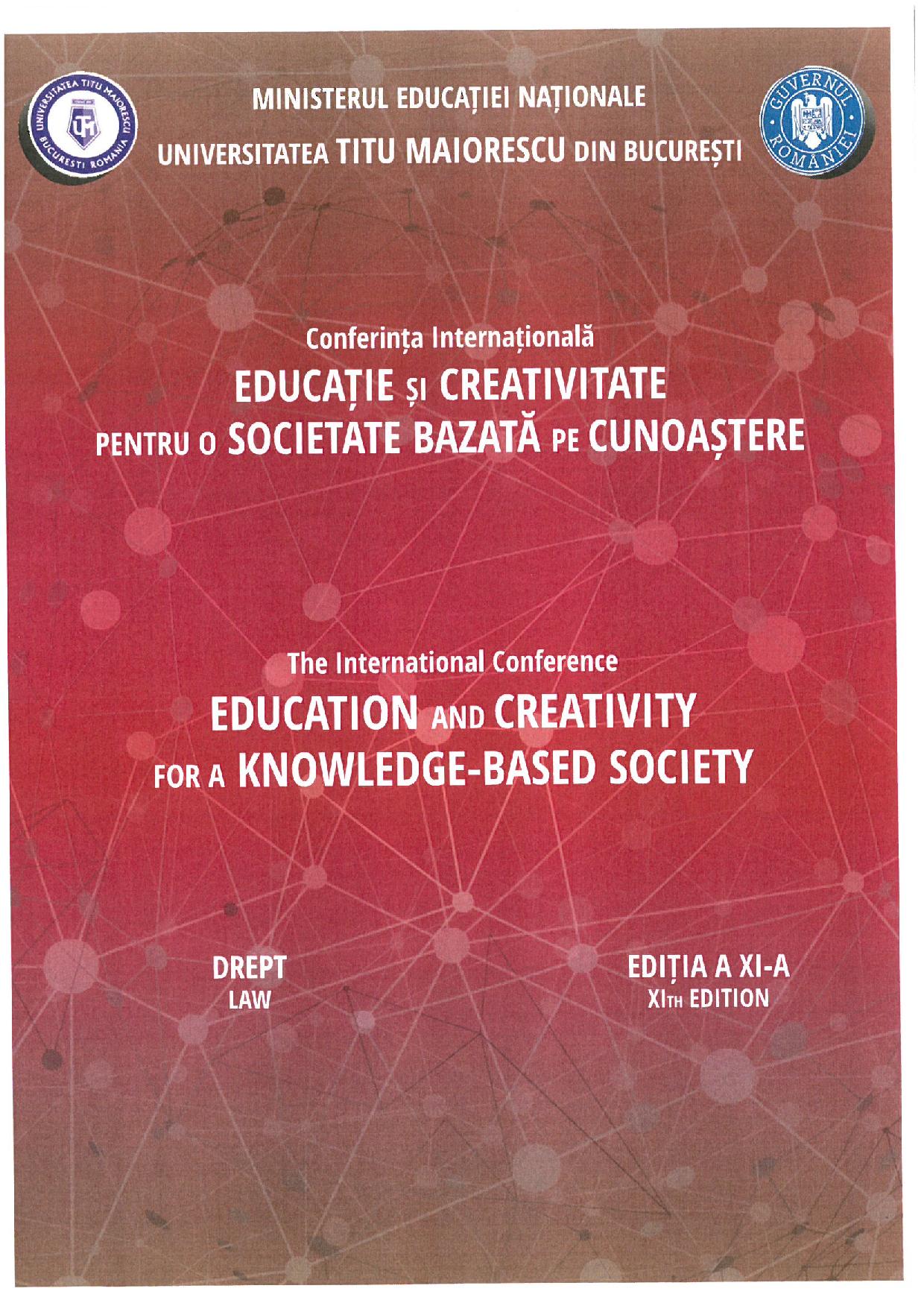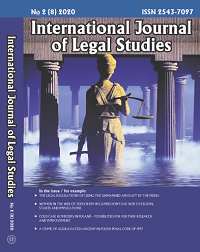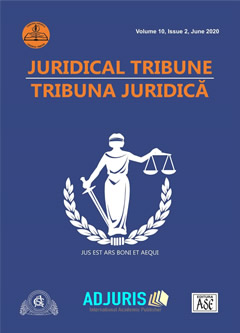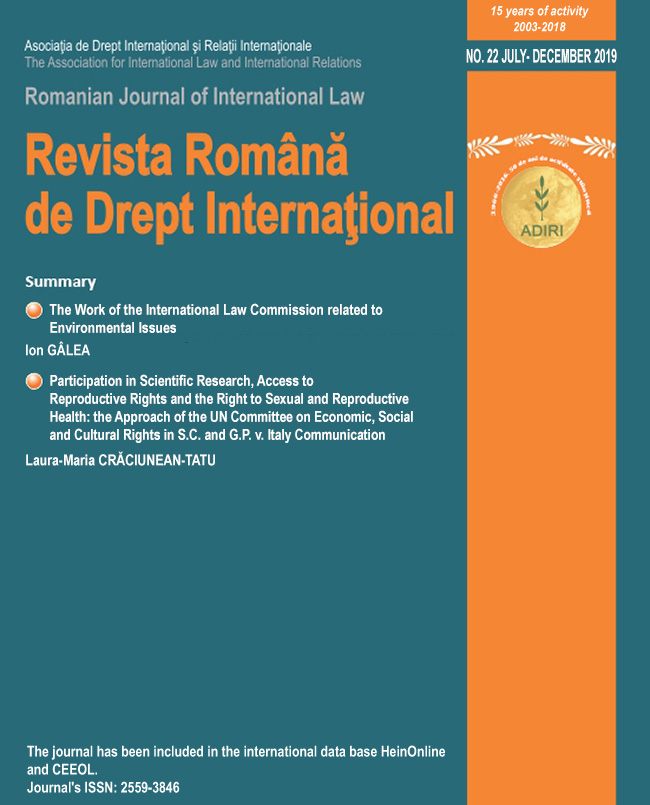
THE LAW APPLICABLE TO CROSS-BORDER TRAFFIC ACCIDENTS
A cross-border traffic accident occurs in the EU has the may to attract the application of two legal regimes in matters of conflict rules. The regimes are included in the Rome II Regulation and the 1971 Hague Convention on the law applicable to traffic accidents. Regulatory differences between the two normative laws make their simultaneous application in Europe to create a system, in which road accidents with cross-border element are subject to different laws, depending on the state court seised with the settlement of the dispute. Regulation leads to enforcement of the legislation from the place the damage occurred (lex loci damni) or from the place of habitual common residence of parties involved in the action and exceptionally to the enforcement of the law of Member State, which is manifestly more closely connected with non-contractual obligation assumed than the Member State where the accident occurred, or the state of common, habitual residence. Instead, the Hague Convention leads to the application of the principle of lex loci delicti and, in some cases, of the law of the country where the vehicle in question is registered, or the law of the place where it is normally based. Even though most of the times, the solutions offered by the two regulations, lead to the same applicable law, however fragmentation, at Member State level, of the law of conflict on road accidents, is far from improving the predictability of the outcome of litigation, certainty on the applicable law and free movement of decisions in the EU countries.
More...







